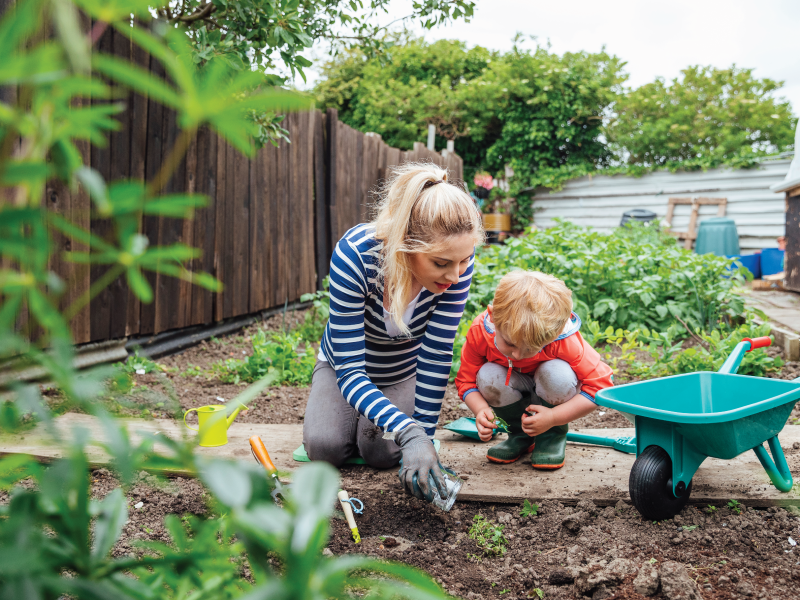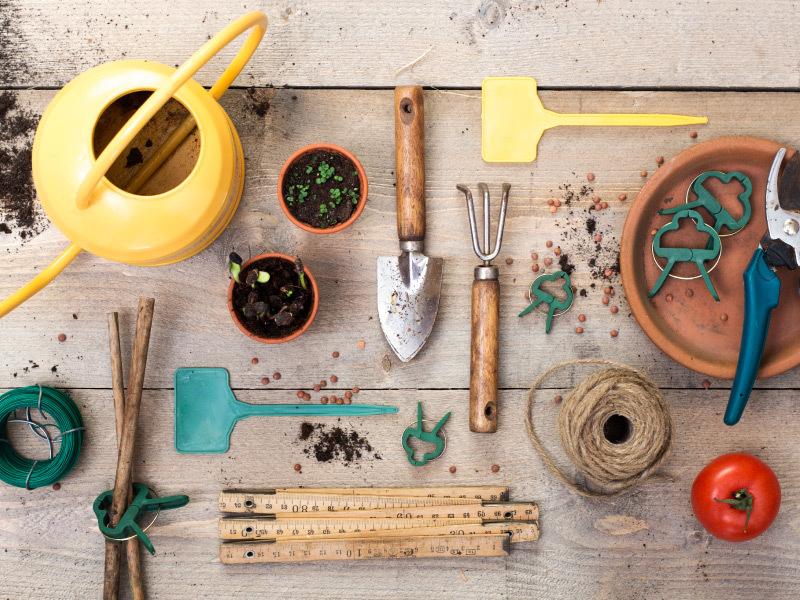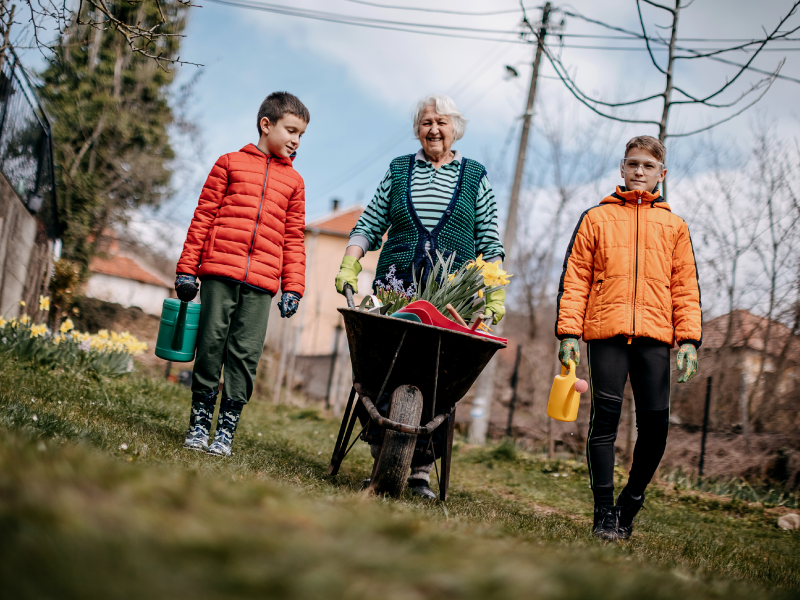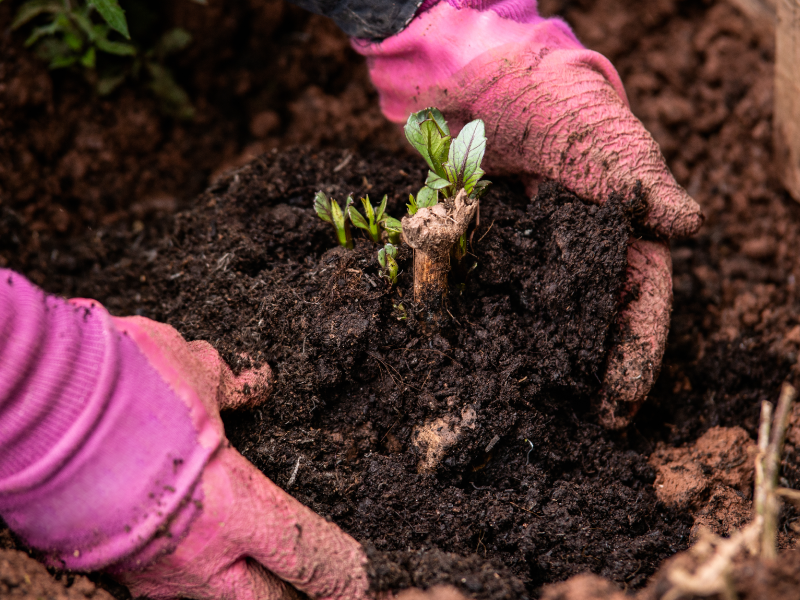

Landscaping Tips for your New Home
With the arrival of Alberta’s gardening season, here’s what you can do to prepare.

We all know the importance of creating a great first impression. Landscaping your front or back yard can be a simple and affordable way to enhance your curb appeal and add value to your home. No matter what size your Excel Homes’ yard or lawn is, creating something that shows your home off to its very best is priceless. With the impending arrival of spring, it might be tempting for those “green thumbs” to begin preparing gardens and lawns for the upcoming season too soon. However, Calgarians and Edmontonian need to be careful not do too much work in the yard — at least until the weather warms up a little.
With the first signs of spring, many of us want to get outside to prepare the beds, put the compost in, get our lawns fertilized as soon as that soil is workable, but cautions Danielle Hall of Calgary’s Eagle Lake Nurseries, Alberta still might experience minus temperatures. “With drought and wind conditions always changing, wait until things start to warm up, typically in mid-April when you can start checking your plants and lawns,” says Hall. “You really want to wait until nighttime weather is in the plus temperatures before you begin. Then, make sure that the ground – both grass and garden – has adequately dried out.” When the ground is completely firm, take a leaf rake and very gently gather dead leaves and thatch. Also clear any leaves and dead plant debris out of your gardens, but be careful not to disturb new growth. “Again, I caution not to start pulling out dead stems and plants too soon because there are beneficial insects that use them as their home over the winter,” adds Hall.
Whether you’re planning your new home’s landscaping or refreshing an old one, here are the important things to consider.

Take Inventory
Organize your shed, (or where ever you keep your garden/lawn tools), take stock of what you have (fertilizer, working hoses and nozzles, plant supports, yard bags, leftover soil, grass seed etc.) and make a list of things you'll need. Dust off your gardening gloves and other gear so they're easy to reach whenever you head outside. Scrub the soil out of your pots if you didn't do so in the fall. Sharpen tools, such as pruners and secateurs, as well as your lawn mower (or send them to be professionally sharpened well before you'll need them). Inspect your rain barrel and hook it up if it was disconnected in the fall. Check on your compost pile, while looking for signs of mould.

Location
Where to plant is as important as what you plant. “When designing a garden, look for plant material that tolerates the either full-sun or shade conditions or both,” says Hall. whether your gardens get full sun, partial shade, shade, or deep shade, there are several online resources available to help you figure out what plants or perennials will grow well in any of these 4 categories.

Zones
According to Natural Resources Canada, a zone (from 0 to 9) is the plant hardiness map that shows what can grow where based on the average annual minimum winter temperature, or the coldest temperature of most winters. So, it is wise to choose plants that grow and thrive in your particular climate. Hall says, technically Calgary and Edmonton are both within Zone 4, on the upside Zone 4 gardeners have lots of flowering options. Indispensable information about soil can be found here: https://www.eaglelakenurseries.com/blog/gardening-successfully-in-difficult-areas.

Know Your Soil
Again, think about the topography of your site, your soil structure, or type if you will, when planning your landscape. The importance of soil cannot be overstated as it provides your plants with the vital nutrients, water and air that they require for healthy growth and development. Hall says it’s very easy, all you have to do is squeeze the soil and see how much clay is it in and how much water it retains. If there is too much clay, water won’t drain as easily.

Plants
Choosing your plants, perennials or shrubs is arguably the best part of gardening. “Make sure your ideas are practical,” explains Hall. “What works well in California, such as palm trees, won’t work in Alberta. I suggest you get your plant/shrub inspiration closer to home.” To create a visually appealing garden, opt for colours, textures and seasonal interest to create a cohesive and beautiful landscape. “We encourage customers to bring their Pinterest ideas and photos of their gardens.”

Maintenance
Hall’s golden rule of watering is the Finger Test. If the soil is dry at one inch, it is time to water. Watering in the early morning or at night means less water evaporates than it would on hot soil during the day.

